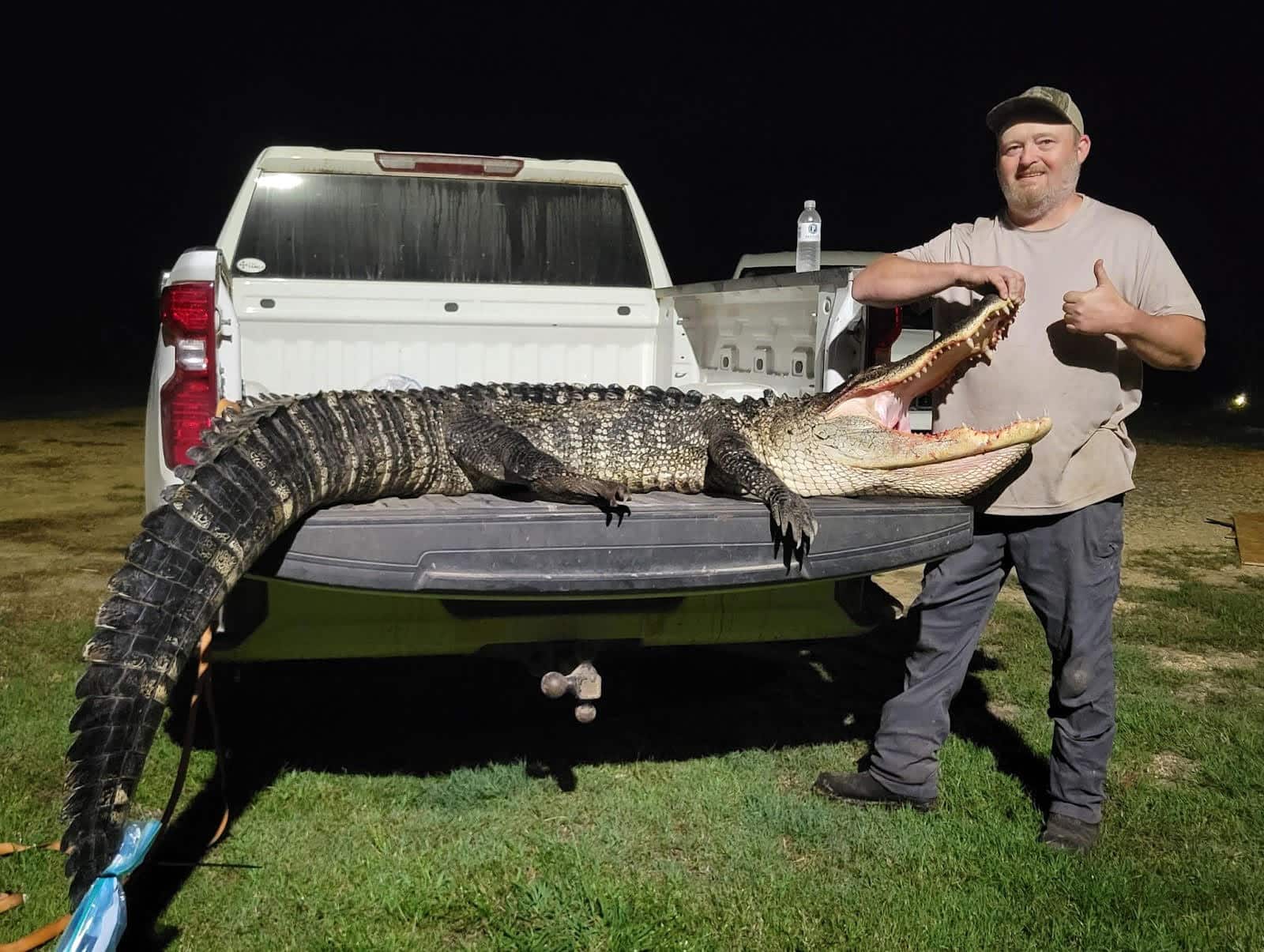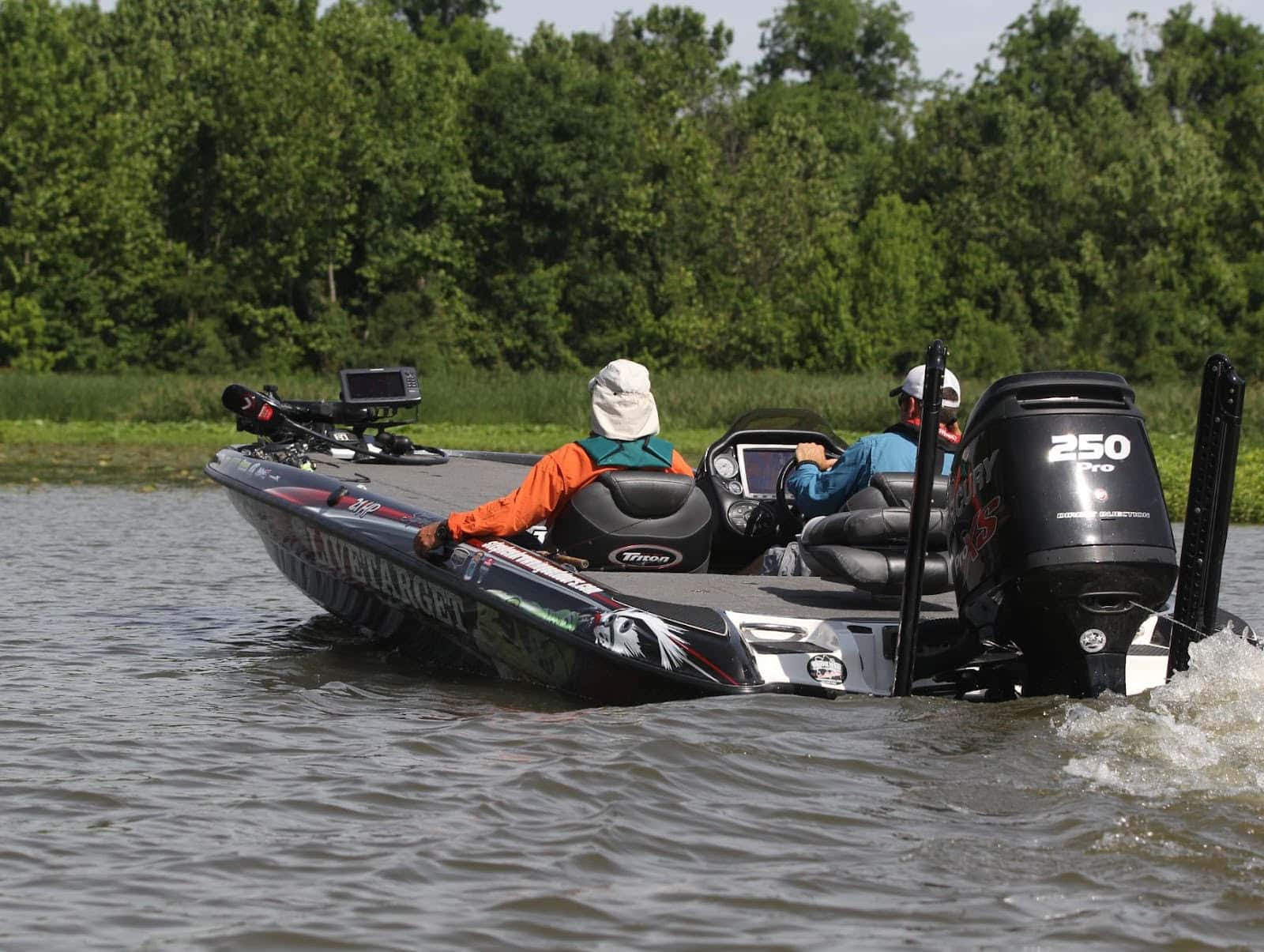Chronic Wasting Disease (CWD)
What Is CWD?
Chronic wasting disease is a contagious, fatal neurological disease that affects members of the deer and elk family. This disease is caused by a misshapen protein, called a prion, that accumulates in the tissues of infected animals. These animals experience a long incubation period (often more than 12 months) during which they show no outward signs of disease, but are able to shed the CWD prion and infect other deer and elk. When clinical signs of disease start, infected animals may become thin, demonstrate unusual posture or behaviors, and eventually lose awareness of their surroundings. This clinical phase is typically short with a uniformly fatal outcome. Because of the slow disease process, mortality from CWD is less noticeable on the landscape than other diseases. Sudden or group mortality events don’t occur. The increase in individual mortality builds up to increase the population’s mortality rate as more animals become infected.
In addition to being shed by infected animals, CWD prions also can be deposited from the carcasses and tissues of infected animals. CWD prions are highly stable and remain in the environment for years.
The most effective management tool for CWD is to prevent its spread.
Avoiding the introduction of infected deer, either live or dead, as well as other potentially infectious materials prevents disease introduction through human activities. Reducing population densities and harvesting young bucks from CWD affected areas can help slow the natural spread of the disease through dispersal. Targeted removal of deer from areas immediately surrounding known positive cases is another effective tool to manage disease transmission and slow spread. Activities that artificially congregate deer and elk can increase disease transmission and hinder other management efforts.



